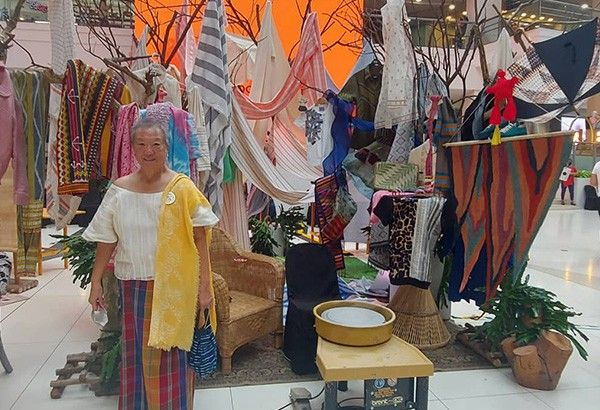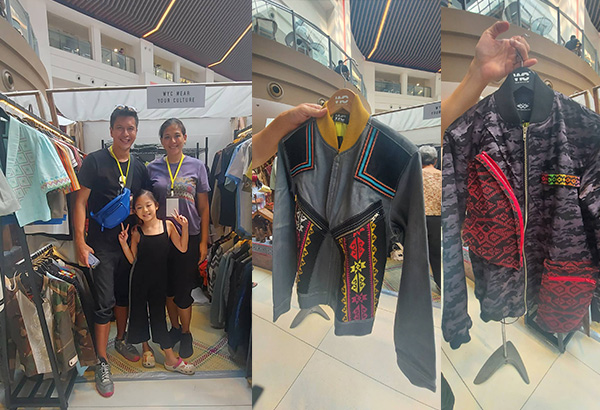Indigenous textiles advocate: Why abaca, not polymer, in Philippine banknotes

MANILA, Philippines — With Christmas fast approaching, many Filipinos might be thinking of ironing their money since they want to give out “malutong” (crisp) banknotes as “Aguinaldo” (Christmas present).
That tradition of ironing money could be done when money is still made of local fiber abaca, but not when Bangko Sentral ng Pilipinas (BSP) already replaced the banknotes with polymer, the international material for bills nowadays as this plastic material enables the bill to be water-resistant and less prone to tampering.
But apart from the fact that polymer bills cannot be ironed because they are plastic, Adelaida Lim, president of Likhang HABI, Philippine Textile Council’s annual fair, believed that taking out abaca from local banknotes would not be good to local artisans' livelihood and in promoting Filipinos’ indigenous textiles industry.
For one, unlike polymer, abaca is native to the Philippines and instrumental in shaping the country’s global identity.
“We don’t give emphasis to abaca and yet, it’s international. We’re known for that! For the ropes and Manila hemp. Tapos our government is planning to take it out of our currency,” Lim lamented in an exclusive interview with Philstar.com at last weekend’s 12th Likhang HABI Market Fair in Makati City.
If banknotes are made sturdier using polymer, then it would be more economical for the country to produce money since BSP does not have to always print new bills. Lim, however, said that using abaca and other indigenous materials is not actually expensive.
“In fact, the work is very intricate and difficult to do, so we have to value the work that we put… It’s not really expensive. You have to appreciate the work that went through it,” she explained.
Although abaca is not included in the global food shortage crisis, “piña is quite affected,” she reported.
Thankfully, according to her, local manufacturers are responding to the piña shortage by growing more supplies for the pineapple fabric. At the fair, pineapple fabric was featured from clothes, to shoes and furniture.
“What has to happen is we have to engage more younger people in the craft. They have to realize that it is a viable livelihood and is becoming recognized.”
Lim, nonetheless, was taken aback when many young contenders joined their organization’s abaca and piña weaving contests recently, which were opened to weavers under 30 years old.
“We were surprised that several young people competed in that category,” said Lim, noting that among the contestants was a 13-year-old, internationally-recognized weaver who has been into the craft since eight years old.
“We’re trying to encourage the (use) of abaca, that’s why we started the abaca competition last year,” Lim enthused.
Even if the fair just went physical for the first time in two years since the COVID-19 pandemic, Lim said they will continue the fair online because it enables them to lure international interest in Filipino fabrics, as proven by foreign customers from all over the world who order for Filipino fabrics every day.
For Lim, using abaca, piña and other indigenous textiles in daily items such as banknotes ensures not only the indigenous materials’ sustainability, but also greater appreciation among Filipinos for generations to come.
“Before, (people only buy Filipino products in indigenous textiles) for Filipiniana, national costume (events),” Lim observed.
“But now, people are using it every day. People are walking around using them (Filipino products).”

RELATED: WATCH: Nadine Lustre slays BYS Fashion Week 2022 runway


















